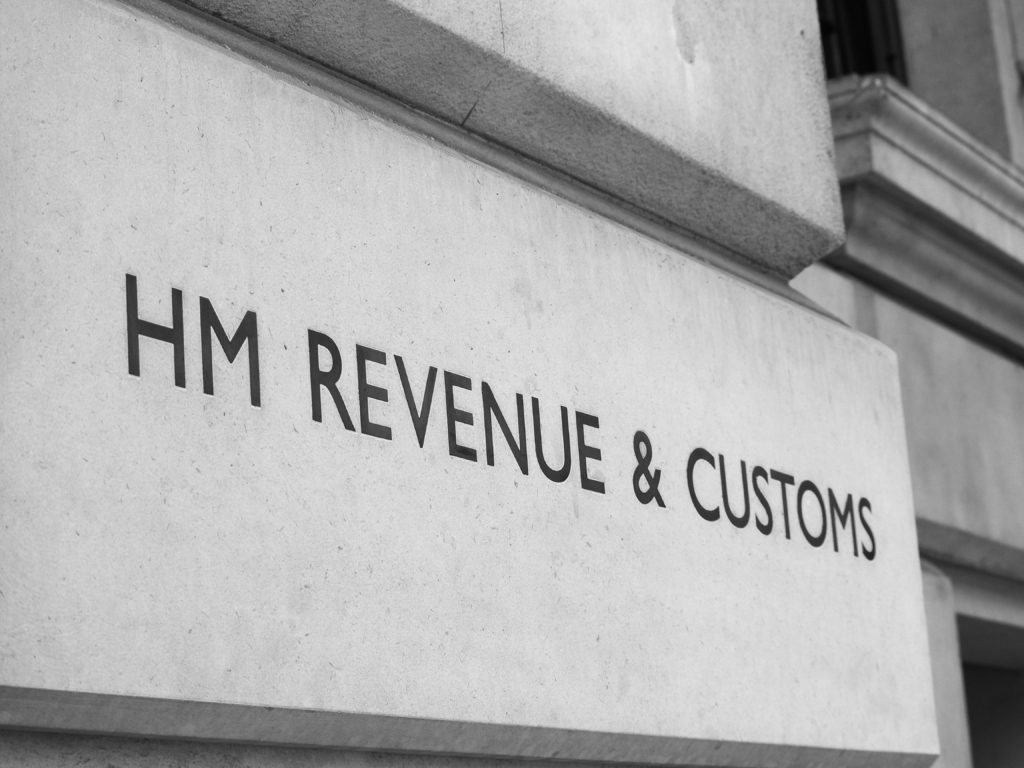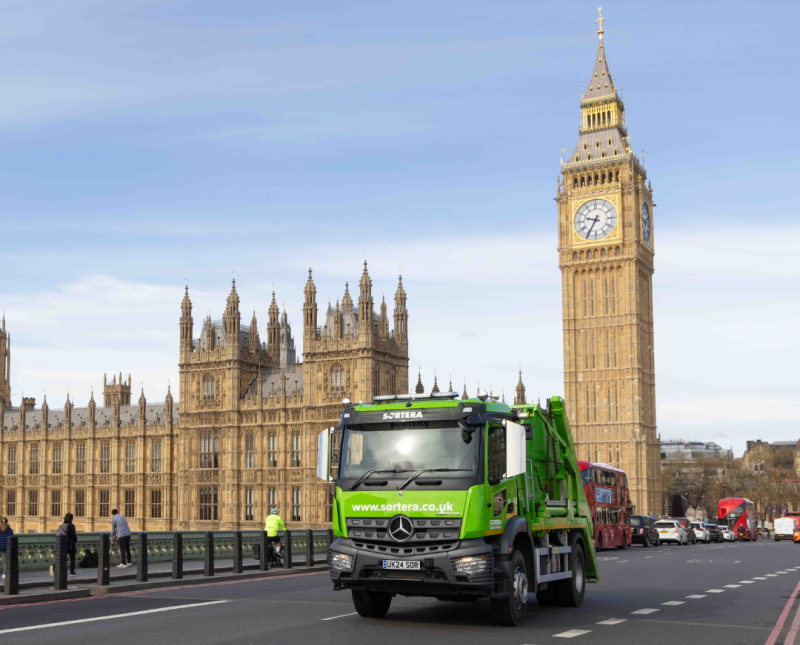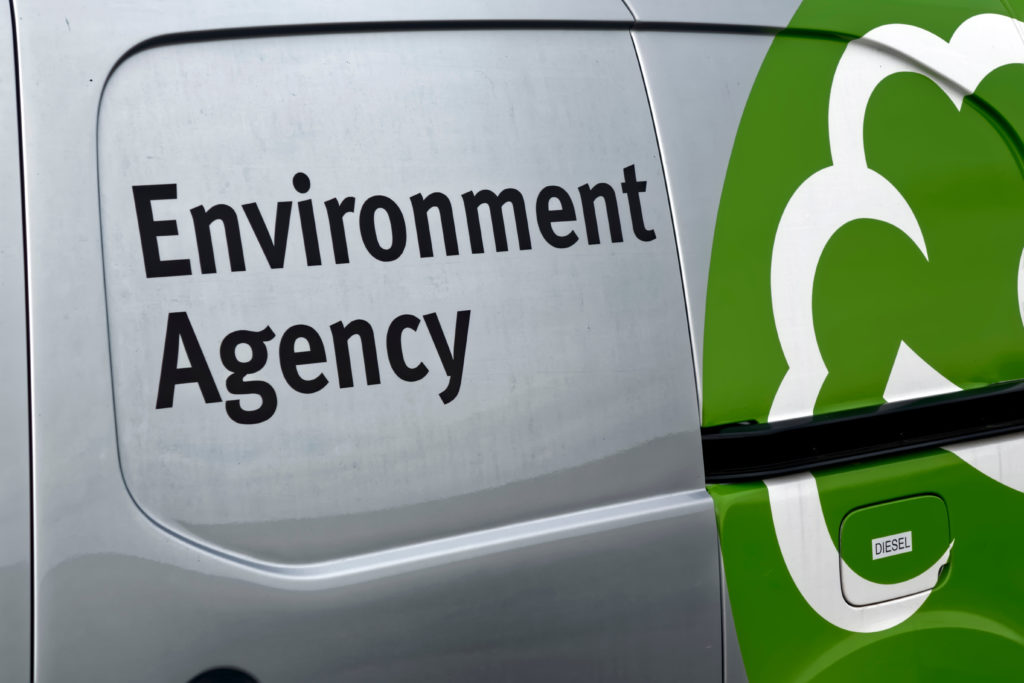This marks a 13% decrease (£266 million) from the previous year’s £2,094 million, but remained £337 million higher than in 2014-2015, when receipts totalled £1,491 million.
The data showed Landfill Tax (LFT) receipts for 2023-2024 were provisionally recorded at £489 million, reflecting a 22% decline (£137 million) from the previous year. Aggregates Levy (AGL) receipts for the same period stood at £350 million, 8% lower (£29 million) than the financial year ending 2023.
The HMRC bulletin, updated annually every June, provides statistics for CCL, CPF, LFT and AGL taxes. The latest release includes provisional receipts data up to May 2024 and provisional declarations data to April 2024.
Decrease
Steve Gough, chief executive officer at Valpak by Reconomy, said: “The latest Environmental Tax Bulletin from HMRC shows a notable decrease in tax receipts in the past year as businesses increasingly integrate sustainable practices into their operations and supply chains. While the receipts of certain taxes have eased off in the last decade, HMRC’s most lucrative taxes, the Climate Change Levy and Carbon Price Floor tax, have seen a net rise over the past decade. This illustrates the government’s use of tax to incentivize business sustainability and protect valuable finite resources, helping meet their ambitious Net Zero targets.”
Historically, CCL and CPF have been the largest environmental taxes. According to the HMRC, its receipts have generally risen over the past decade, except in the financial years 2020-2021 and 2023-2024, where it dropped.
The data showed LFT receipts decreased until the financial year 2021-2022, then saw a temporary increase before resuming a downward trend.
According to the data, AGL, the smallest of the three environmental taxes, showed a gradual increase until 2020, followed by fluctuations and decreases in the financial years ending 2023 and 2024.
Mr Gough added: “In order to cushion themselves from any potential tax hikes in the future, firms should consider embedding circularity into each of their business verticals. Not only can this minimise costs by identifying operational inefficiencies, but it can also help to ensure alignment with the government’s environmental expectations, enabling businesses to maintain competitiveness and protect their growth from the evolving tax landscape.”








Subscribe for free